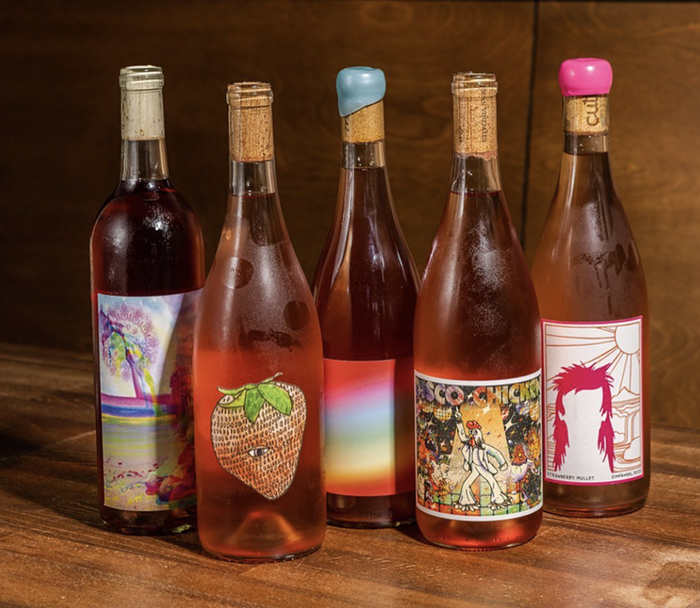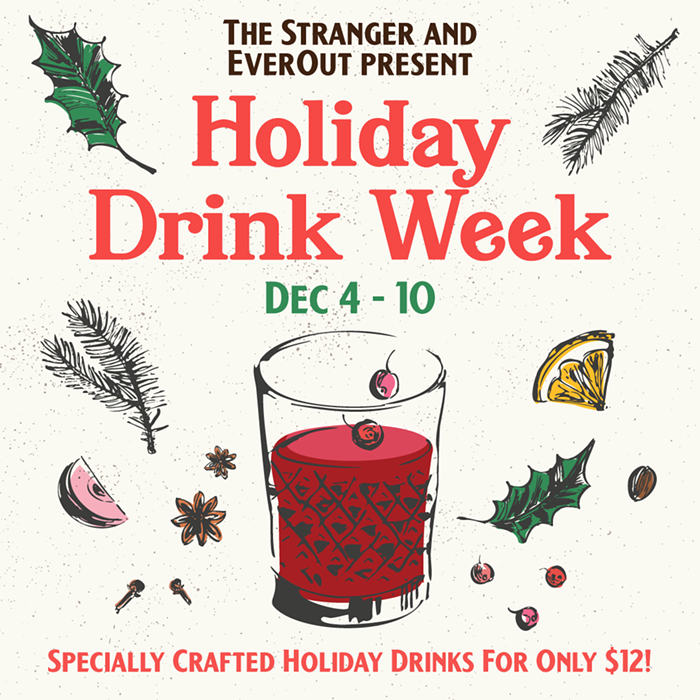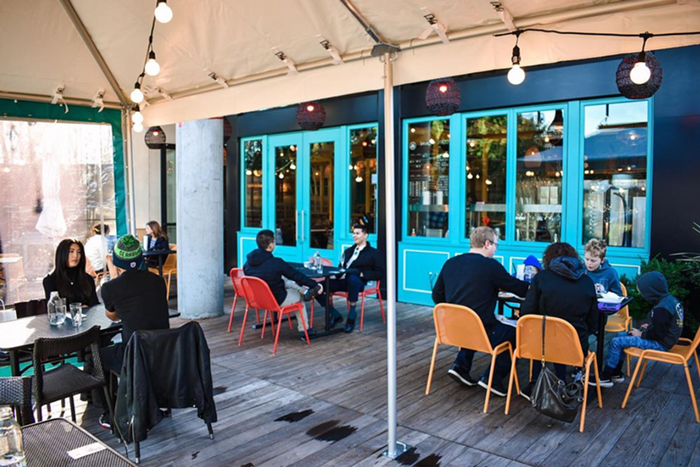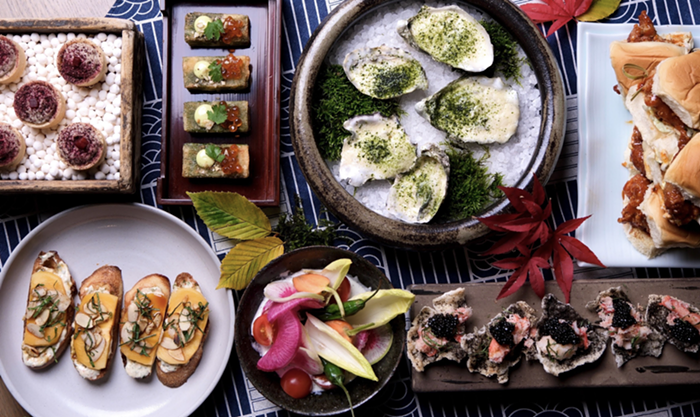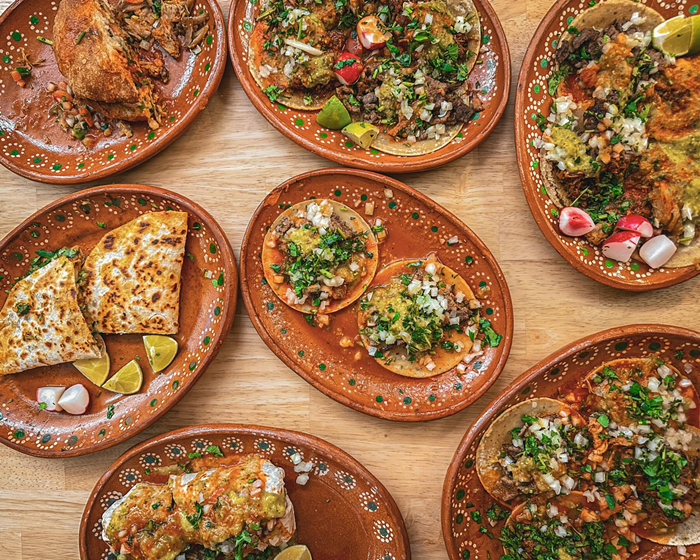If you're cooking in the Pacific Northwest, come fall, you'd better bring the mushrooms. Of course they're delicious—those apricoty chanterelles, the mousier hedgehog, big-in-Japan matsutakes, meaty porcinis, and scary-looking-but-delicious black trumpets. But wild mushrooms also reinforce the essential Seattle food mythology: We may live in a biggish city, but we also like to imagine that we are forest people, who smoke our salmon on cedar and eat the same huckleberries bears do.
And so I found myself in the woods just off the Snoqualmie Pass with the senior members of Tom Douglas's multirestaurant crew, looking for mushrooms. We were out on a scouting mission for the Dahlia Lounge's upcoming mushroom dinner ($100 for 5 courses, including wine), in celebration of the Puget Sound Mycological Society's big annual exhibit at Sand Point Magnuson Park. Our hunt leaders were longtime PSMS members Jocelyn Phillips and Patrice Benson, the current vice president of the group, who'll be the guest speaker at the mushroom feast. Like many mushroom aficionados, Benson is a lover of names. She peels the slimy cap off a Gomphidius oregonensis, an edible but unappealing fungus, and lists off its nicknames: "Cowboy's handkerchief, cow's nose, hideous Gomphidius..." If last year's show was any indication, the PSMS exhibit this year will be a very sweet, very humid display of this taxonomical urge, a room full of fungi both familiar and bizarre, lovingly laid out in shallow dioramas and labeled with Latin and common names.
But back in the woods, stare as we might at the crumbling leaves and moss around our feet, we were finding very few yummy mushrooms. It's not entirely clear that chefs, who are men and women of quick action, have the right, patient eyes for mushrooming. It takes a certain altered state of perception to find mushrooms on the forest floor, a kind of looking-but-not-looking, like those old 3-D posters from Spencer Gifts where you had to refocus your eyes to see the groovy skull pop out of the poster. But then again, maybe it just wasn't our day. For all the habitat studying and temperature tracking mushroom foragers like Benson and Phillips do, it still takes a good dollop of luck to turn up a batch of edible, dry, and worm-free chanterelles or boletes or matsutakes. "Sometimes the only mushrooms you see are the ones you want to see," said Phillips, koan-like. But sometimes, they just aren't there.
Fortunately for chefs, there are professional foragers out there—actual forest people, not imaginary ones, who are as ragtag a bunch of characters as you'll ever find. Some, like restaurant favorite Peter Gordon, are pretty organized, with cell phones and something like a regular schedule. Other vendors look like they came straight out of Middle Earth. And sometimes a big mushroom year will bring random weirdoes knocking at the kitchen door, clearly supporting one habit or another with the $7-a-pound chanterelles.
Marc Van Mulkin, chef at Lola, describes some of these freelance foragers as "shy, reserved, hippie-like people who smoke too much weed while picking mushrooms... but their mushrooms are good." Eric Tanaka, executive chef at Tom Douglas's restaurants, remembers a less placid kind of 'shroomer: "The stoner crazy ones used to show up blasted, it was like Deliverance." But it's the anecdote of Palace Kitchen chef Sean Hartley, who's been discouraging the more unsteady mushroomers from stopping by his kitchen, that best captures the lust-meets-hunger 'shroom mystique: "A woman came in dressed just like a hooker, with high heels and a cell phone and a tight tank top, saying, 'Hey, you want to buy some chanterelles?'" ![]()
